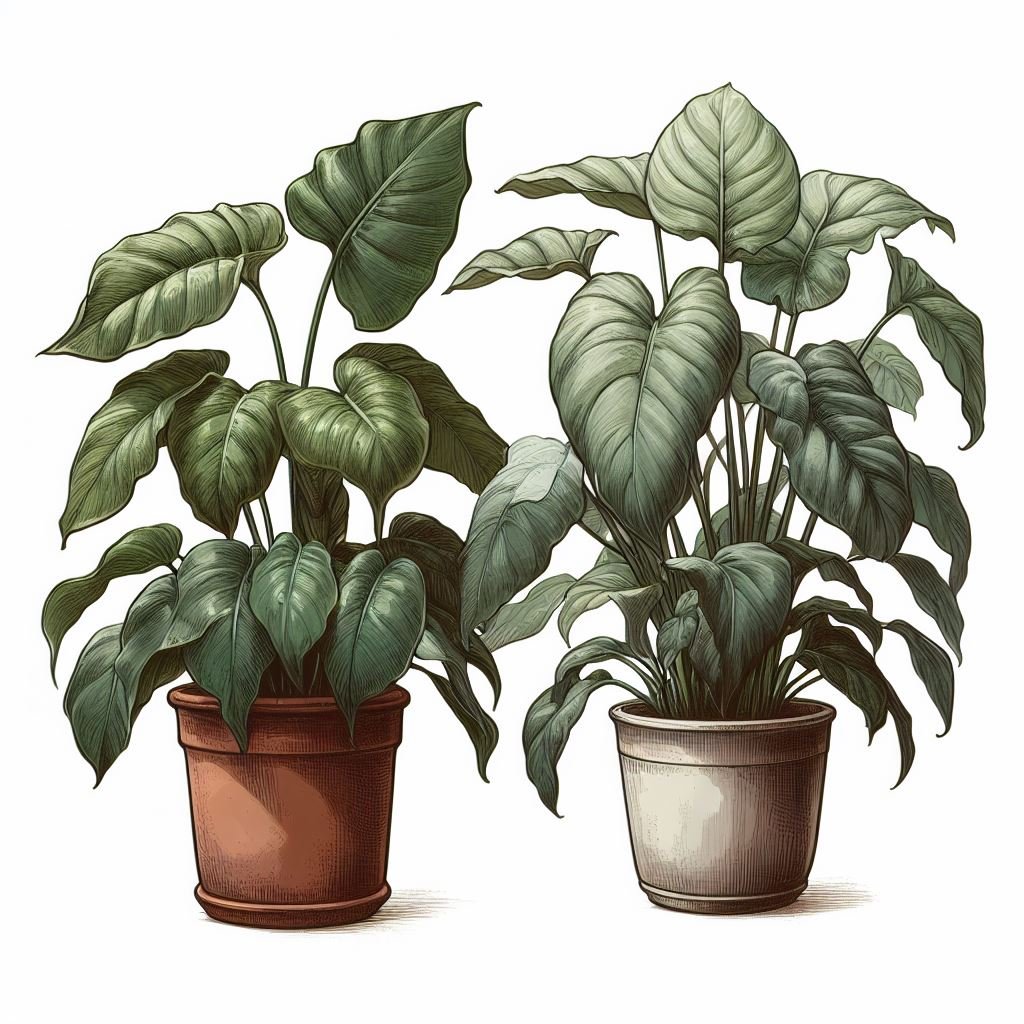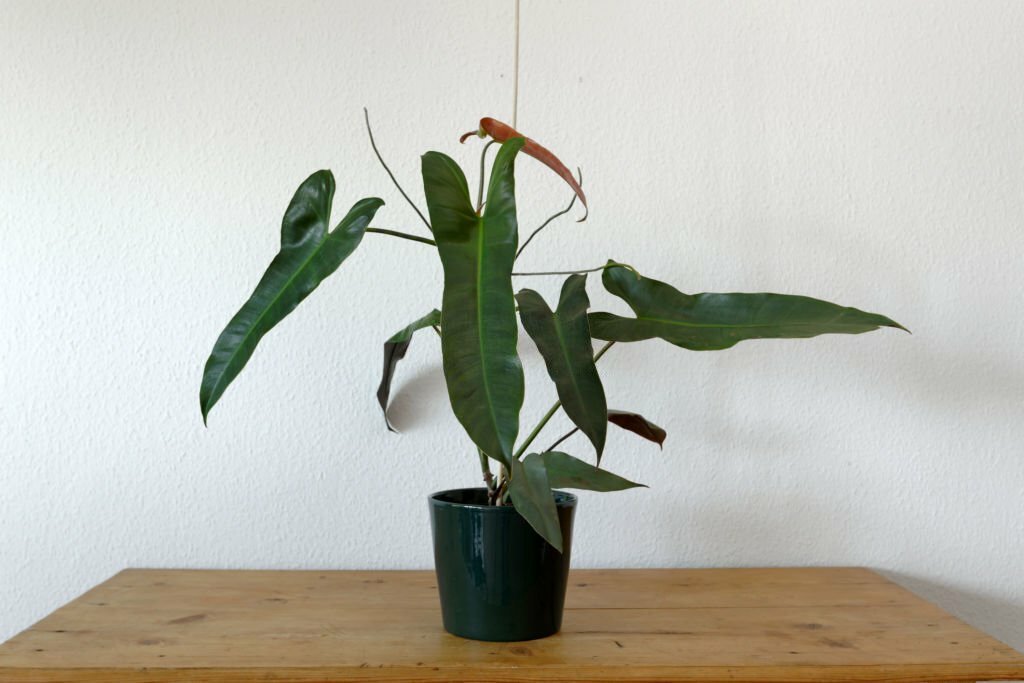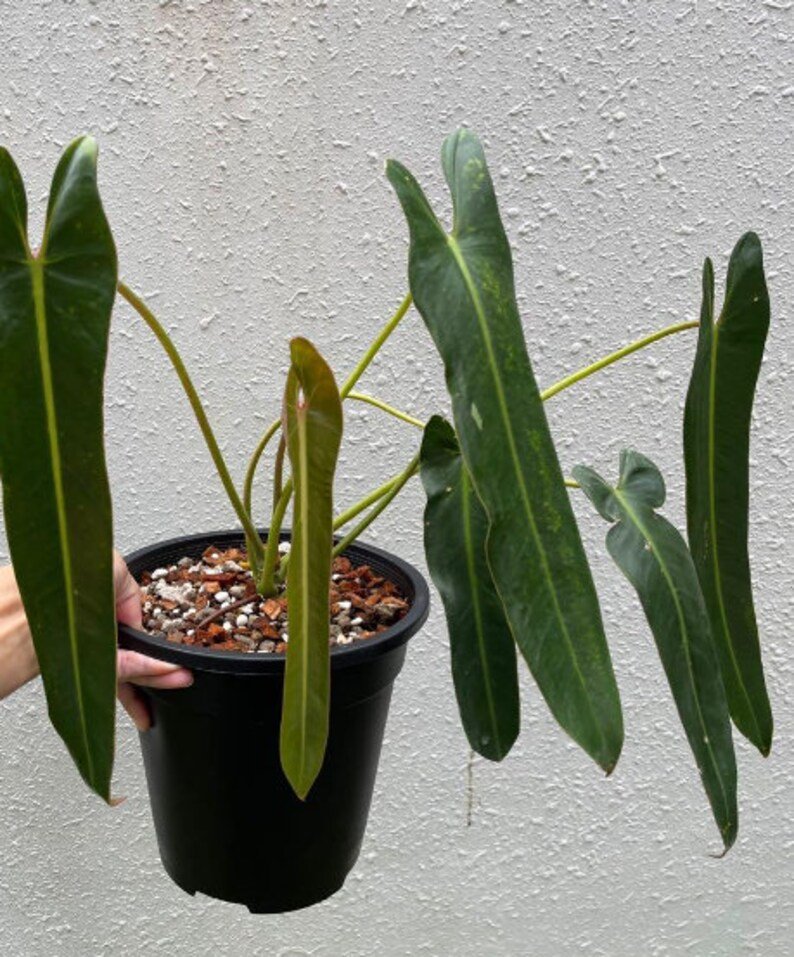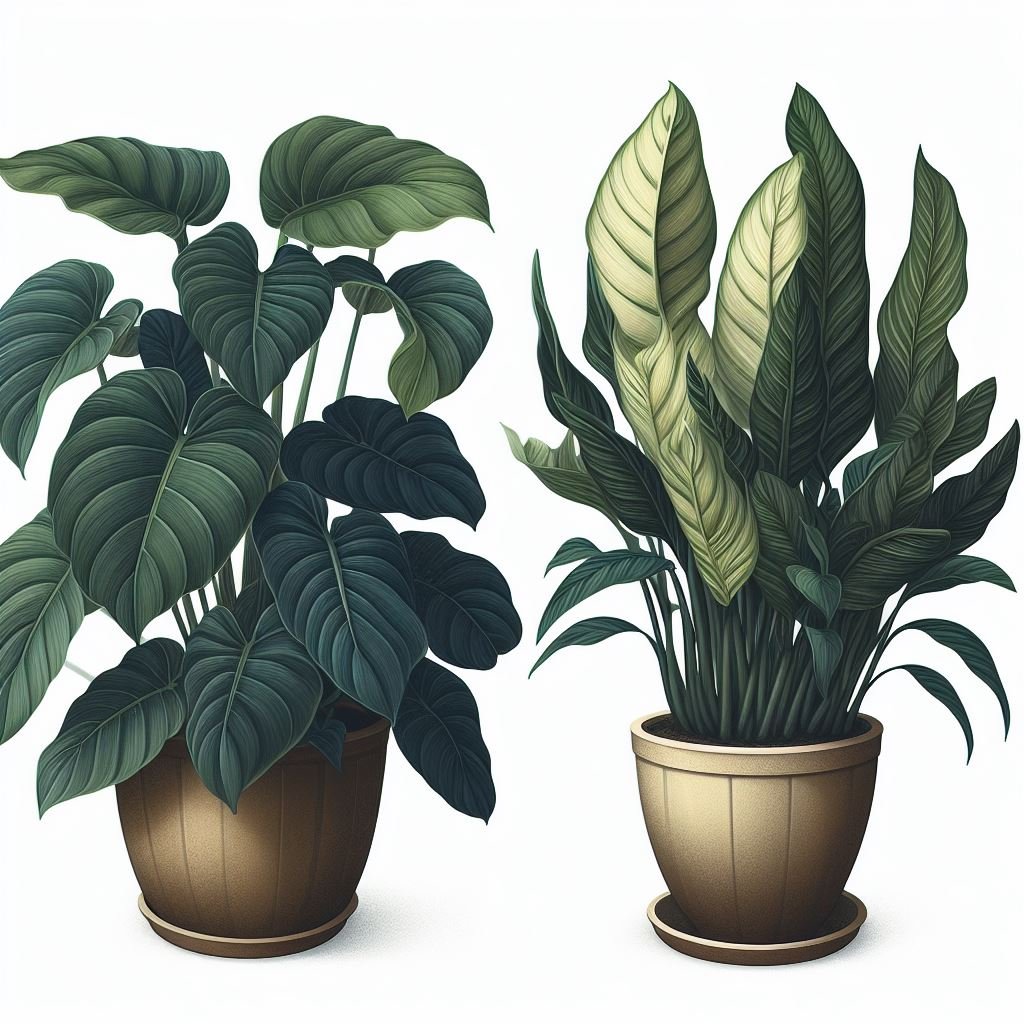Table of Contents
Philodendron Atabapoense vs Spiritus Sancti: Comparative Analysis
Are you a philodendron enthusiast looking to add a touch of rarity to your indoor jungle? In this comprehensive guide, we will dive deep into the world of philodendrons, specifically comparing the elusive Philodendron Atabapoense and the enigmatic Philodendron Spiritus Sancti.
We’ll explore their origins, distinctive features, care requirements, and discuss why these plants are worth the investment. Whether you’re an experienced collector or just starting your philodendron journey, this article is your essential resource to unravel the secrets of these remarkable plants.
Key Takeaways – Philodendron Atabapoense vs Spiritus Sancti
- Both are rare and highly sought-after for their distinctive features and unique charm
- Native habitats influence their care requirements, especially in terms of lighting and humidity
- Consider the size, leaf characteristics, and growth rate when choosing between the two
- Regular maintenance, pruning and monitoring for issues, is crucial for their health
- Cultivating these philodendrons can be a rewarding and pride-inducing experience
Unveiling the Mystique of Philodendron Atabapoense vs Spiritus Sancti
A World of Rare and Exotic Philodendrons
The world of philodendrons is a diverse and enchanting one, featuring a vast array of species and hybrids. Among these, Philodendron Atabapoense and Philodendron Spiritus Sancti stand out as rare gems coveted by plant collectors worldwide.
Their unique characteristics, striking foliage, and limited availability make them highly sought after. In this article, we’ll embark on a journey to unravel the mysteries of these captivating philodendrons.

Table 1: Comparative Analysis of Philodendron Atabapoense vs Philodendron Spiritus Sancti
| Characteristic | Philodendron Atabapoense | Philodendron Spiritus Sancti |
|---|---|---|
| Size | Compact, typically 2-3 feet | Impressive, 6-10 feet or more |
| Leaf Characteristics | Large, dark green, lobed leaves with silver veins | Elongated, glossy dark green leaves with white or yellow striping along the center |
| Light Preferences | Indirect, filtered light; avoid harsh, direct sunlight | Indirect, filtered light; tolerant of varying light conditions |
| Growth Rate | Slower growth | Faster growth |
Table 2: Care Requirements for Philodendron Atabapoense vs Philodendron Spiritus Sancti
| Care Aspect | Philodendron Atabapoense | Philodendron Spiritus Sancti |
|---|---|---|
| Light and Humidity Requirements | Indirect, filtered light; high humidity | Indirect, filtered light; high humidity; misting and humidity tray may be required |
| Soil, Watering, and Fertilization | Well-draining potting mix with organic matter; moderate, consistent watering; balanced liquid fertilizer during the growing season | Well-draining potting mix with organic matter; consistent watering; balanced liquid fertilizer during the growing season |
| Growth and Maintenance | Regular pruning for size and shape maintenance; propagation through stem cuttings | Regular pruning for size and shape maintenance; propagation through stem cuttings; vigilance against pests and overwatering |
Origin and Background
The Unique Habitats That Shaped These Plants
Understanding the origins of Philodendron Atabapoense vs Philodendron Spiritus Sancti provides valuable insights into their care and requirements. These plants originate from distinct environments that have influenced their growth patterns and adaptability.
Philodendron Atabapoense is native to the tropical rainforests of South America, particularly the Atabapo and Guaviare Rivers in Colombia. Its natural habitat is characterized by high humidity and dappled sunlight, and replicating these conditions is essential for its well-being.

Philodendron Spiritus Sancti, on the other hand, is found in the rainforests of Ecuador. Its habitat features low light conditions and constant moisture, which has shaped its growth habits and light preferences.
Environmental Factors Influencing Their Growth
The environmental factors of their native habitats, such as humidity levels, temperature, and lighting conditions, play a significant role in the care of these philodendrons. Understanding these factors is crucial for successfully cultivating them in your home.
Distinctive Features
Leaf Morphology and Coloration
One of the most captivating aspects of both Philodendron Atabapoense vs Philodendron Spiritus Sancti is their striking foliage. The leaves of Atabapoense are typically large, dark green, and have a velvety texture. They are deeply lobed and often have silver or cream-colored veins, creating a visually stunning contrast.
Spiritus Sancti, on the other hand, boasts glossy, dark green leaves that are more elongated and lance-shaped. Their unique feature is the contrasting white or pale yellow striping that runs along the center of the leaf, adding a touch of elegance to the plant.

Size and Growth Patterns
In addition to leaf morphology, the size and growth patterns of these philodendrons are noteworthy. Atabapoense is known for its more compact growth, making it suitable for smaller indoor spaces. It typically reaches a height of about 2-3 feet.
Spiritus Sancti, in contrast, is known for its impressive size. This philodendron can grow to towering heights of 6-10 feet or even more, making it a statement plant for those with ample space.
Caring for Philodendron Atabapoense vs Spiritus Sancti
Light and Humidity Requirements
Both Atabapoense and Spiritus Sancti require specific lighting and humidity conditions to thrive. These philodendrons are native to shaded rainforest floors, so they prefer indirect, filtered light. Ensure they are shielded from harsh, direct sunlight, which can scorch their leaves.
Humidity is another critical factor for their well-being. Aim to maintain a humidity level of at least 60% for these plants. Regular misting or using a humidity tray can help create the ideal environment.
Soil, Watering, and Fertilization Guidelines
When it comes to soil, a well-draining potting mix with organic matter is essential for these philodendrons. This helps prevent overwatering, which can lead to root rot.
Watering should be moderate but consistent, allowing the top inch of soil to dry before rewatering. A balanced liquid fertilizer can be applied during the growing season, typically in spring and summer, to provide necessary nutrients.
Growth and Maintenance
Pruning and Propagation Techniques
Regular pruning is recommended for both Philodendron Atabapoense vs Spiritus Sancti to maintain their desired shape and size. To propagate these philodendrons, stem cuttings can be taken and rooted in a suitable medium. This allows you to expand your collection or share these coveted plants with fellow enthusiasts.
Common Challenges and Troubleshooting
While these philodendrons are generally hardy, they may face common challenges like pest infestations and overwatering. Regular inspection and preventive measures can help maintain their health. In case of issues, prompt action is crucial to prevent any further damage.
Comparative Analysis
Contrasting Features and Preferences
Let’s delve into a comparative analysis of Philodendron Atabapoense and Philodendron Spiritus Sancti:
- Size: Atabapoense is more compact, while Spiritus Sancti can reach towering heights.
- Leaf Characteristics: Atabapoense features deeply lobed leaves with silver veins, while Spiritus Sancti has elongated leaves with a white or yellow central stripe.
- Light Preferences: Both prefer indirect, filtered light but may have different tolerances for varying light conditions.
- Growth Rate: Spiritus Sancti generally grows at a faster rate.
Considerations for Selection and Care
When choosing between these philodendrons, consider factors like available space, light conditions, and personal preferences. Each plant has its own unique charm and care requirements, so select the one that best suits your indoor environment and care abilities.
Rare Finds in Your Indoor Jungle
The Rarity and Exclusivity of These Philodendrons
It’s important to note that both Philodendron Atabapoense vs Philodendron Spiritus Sancti are considered rare finds in the world of houseplants. Their limited availability makes them valuable additions to your indoor jungle, and cultivating them can be a source of pride for any plant enthusiast.
The Rewarding Experience of Cultivating Them
Cultivating these unique philodendrons is not just about owning rare plants; it’s about experiencing their growth and transformation. Watching them thrive and adorn your space with their distinctive beauty is a reward in itself.

Summary: What to Remember About Philodendron Atabapoense vs Spiritus Sancti
As we conclude our exploration of Philodendron Atabapoense and Spiritus Sancti, here are the key takeaways:
- Both philodendrons are rare and highly sought-after for their distinctive features and unique charm.
- Their native habitats influence their care requirements, especially in terms of lighting and humidity.
- Consider the size, leaf characteristics, and growth rate when choosing between Atabapoense and Spiritus Sancti.
- Regular maintenance, including pruning and monitoring for issues, is crucial for their health.
- Cultivating these philodendrons can be a rewarding and pride-inducing experience.
In your quest to enrich your indoor jungle, the choice between Philodendron Atabapoense vs Spiritus Sancti offers a delightful challenge. The distinct elegance they bring to your space, combined with the satisfaction of nurturing rare plants, is a journey worth embarking on. So, explore and choose wisely to elevate your home with the allure of these remarkable philodendrons.


